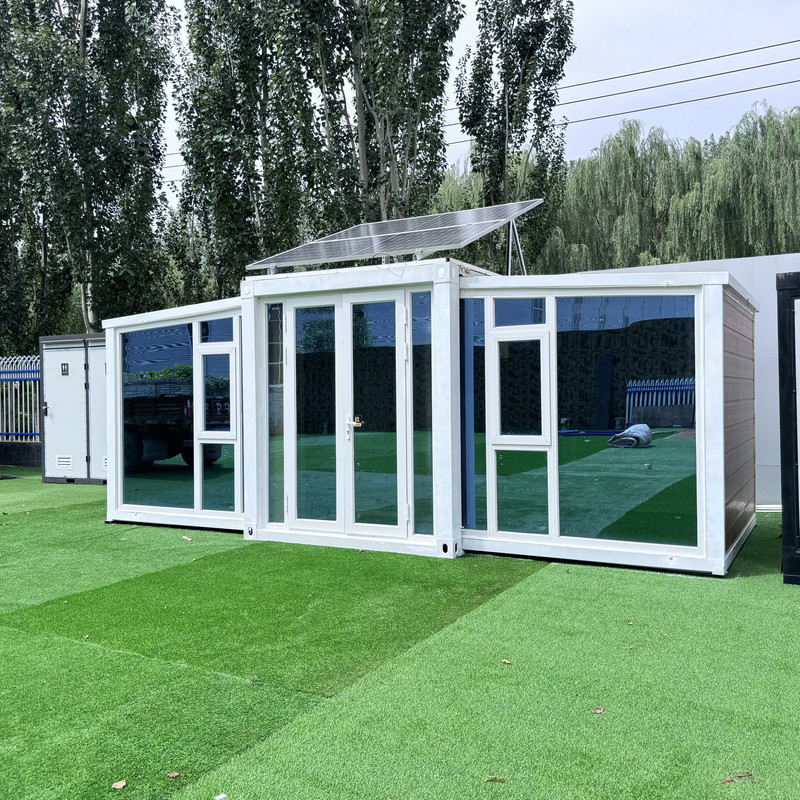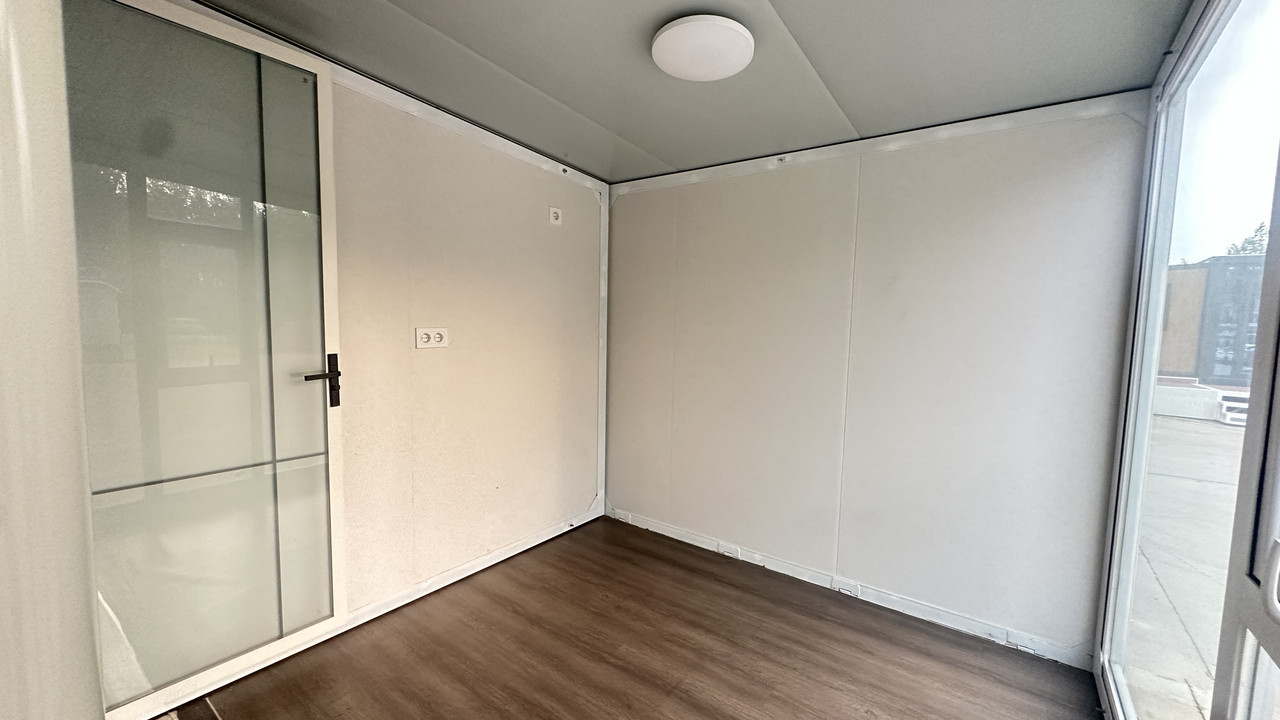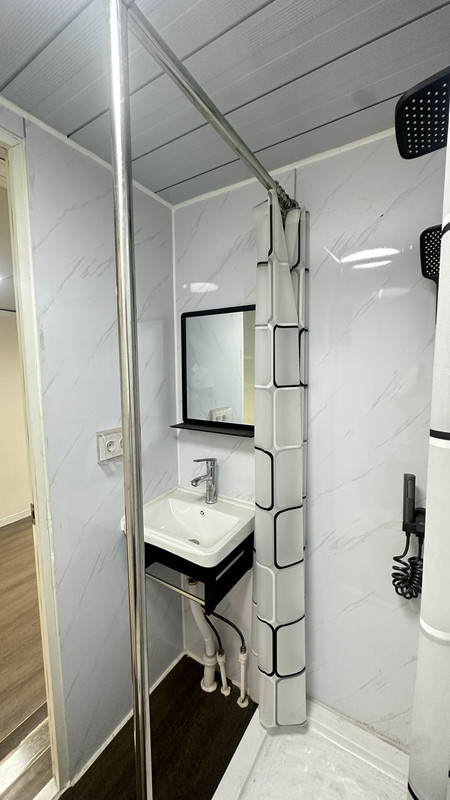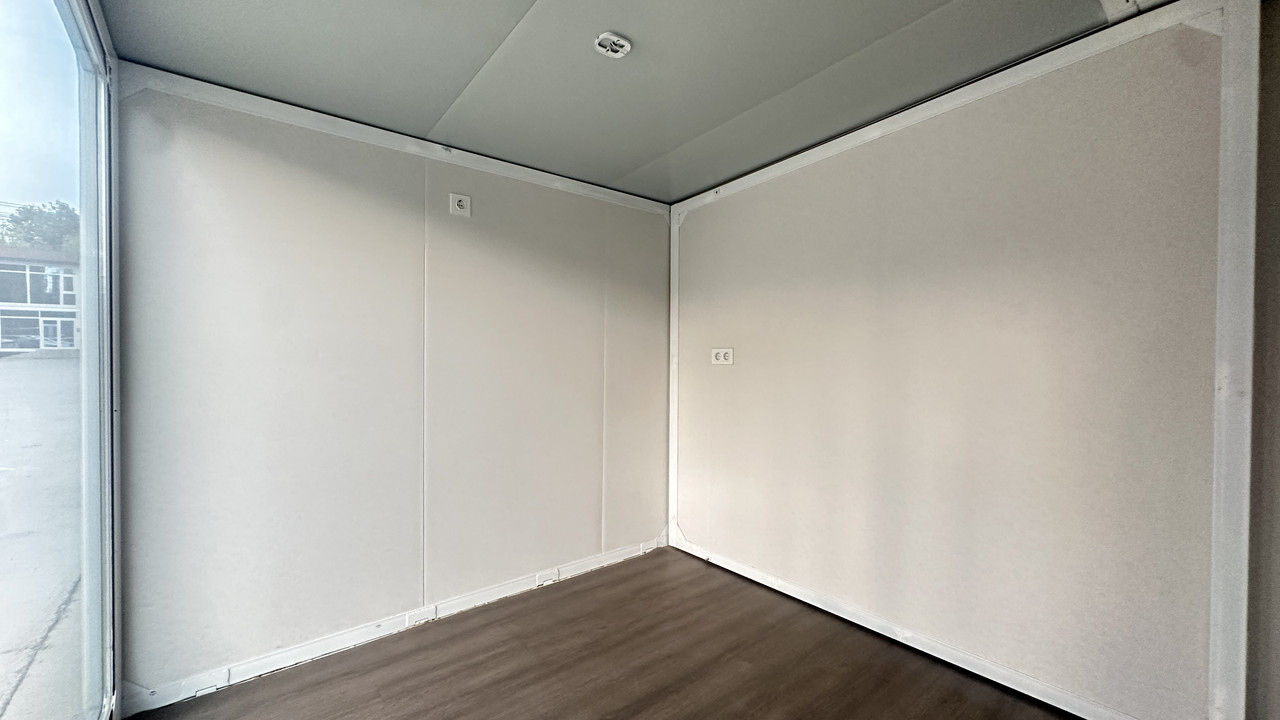Discover how Japan’s cutting-edge 10ft expandable container house revolutionizes compact living. This space-efficient, eco-friendly dwelling transforms from a compact unit into a comfortable home, perfect for urban settings and rural retreats. Learn about its smart design, sustainability features, and why it’s becoming Japan’s answer to affordable, flexible housing.
In space-scarce Japan where every square meter counts, the 10ft expandable container house emerges as a game-changer in sustainable living. This innovative dwelling transforms from a compact shipping container into a fully functional home, embodying Japan’s genius for maximizing minimal spaces. Let’s explore why this architectural marvel is capturing attention across urban and rural landscapes.

What Makes the 10ft Expandable Container House Special?
Unlike traditional container homes, this 10ft (3-meter) unit features a hydraulic expansion system that nearly doubles its living space when deployed. In just minutes, it transforms from a transportable box into a cozy 200-square-foot habitat with distinct living zones. The magic lies in its accordion-style walls that slide out smoothly, revealing a well-designed interior that feels surprisingly spacious.
What truly sets this design apart is its Japanese-inspired efficiency. Every element serves multiple purposes: fold-down furniture, hidden storage compartments, and convertible workspaces reflect the nation’s renowned “less is more” philosophy. It’s not just a house—it’s a masterclass in spatial optimization.
Perfect for Japan’s Unique Challenges
Japan’s urban density and frequent natural disasters make this container house particularly valuable. In cities like Tokyo or Osaka where land prices are astronomical, these units provide affordable housing solutions that can be installed on small lots or even rooftops. Their compact footprint allows them to navigate narrow streets during delivery—a crucial advantage in Japan’s tight urban environments.

For rural areas, these homes offer quick rebuilding solutions after earthquakes or typhoons. Their steel structure withstands seismic activity better than many conventional buildings, and the rapid deployment means displaced families can regain shelter within days rather than months. This resilience aligns perfectly with Japan’s disaster-preparedness culture.
Smart Features That Enhance Daily Life
Step inside, and you’ll find surprising amenities packed into the expanded space. The kitchenette features induction cooktops and a compact refrigerator, while the bathroom includes a space-saving shower and composting toilet. Large windows and skylights flood the interior with natural light, creating an airy atmosphere that defies the container’s industrial origins.

Climate control is handled through a high-efficiency heat pump system, while solar panels on the roof can be connected for off-grid capability. Smart home features like app-controlled lighting and security systems come standard, proving that small living doesn’t mean sacrificing modern comforts.
Sustainability Meets Style
Eco-conscious buyers will appreciate the house’s green credentials. Built from recycled shipping containers, each unit prevents tons of steel from ending up in landfills. The expansion mechanism minimizes material usage compared to traditional construction, and the small size reduces energy consumption dramatically. Some models even incorporate rainwater harvesting systems and green roofs.

But sustainability doesn’t mean sacrificing aesthetics. Japanese designers have applied principles of wabi-sabi to create interiors that blend industrial chic with warm, natural materials. Wood accents, tatami-inspired flooring, and shoji screen partitions give these homes a distinctly Japanese character while maintaining modern functionality.
Who Is This For?
The versatility of the 10ft expandable container house makes it suitable for various Japanese lifestyles:
- Young Professionals: Affordable starter homes in expensive cities
- Remote Workers: Dedicated backyard offices or creative studios
- Retirees: Low-maintenance living with accessibility features
- Tourism Operators: Quick-to-deploy glamping units or guest houses
- Disaster Relief: Emergency housing that’s durable and dignified

The Future of Japanese Housing?
As Japan continues to grapple with an aging population, urban migration, and housing shortages, solutions like the 10ft expandable container house represent more than just architectural innovation—they embody a cultural shift toward flexible, sustainable living. With prices starting at around ¥3.5 million (approximately $25,000), these units offer an accessible entry point to homeownership without the decades-long mortgage commitment.
Whether nestled in a Kyoto alleyway or overlooking a rice paddy in Niigata, these expandable containers prove that big living can indeed come in small packages. For a nation that has long mastered the art of compact living, this might just be the next evolution in Japan’s rich architectural heritage.
